Japanese Christmas Food Traditions Explained
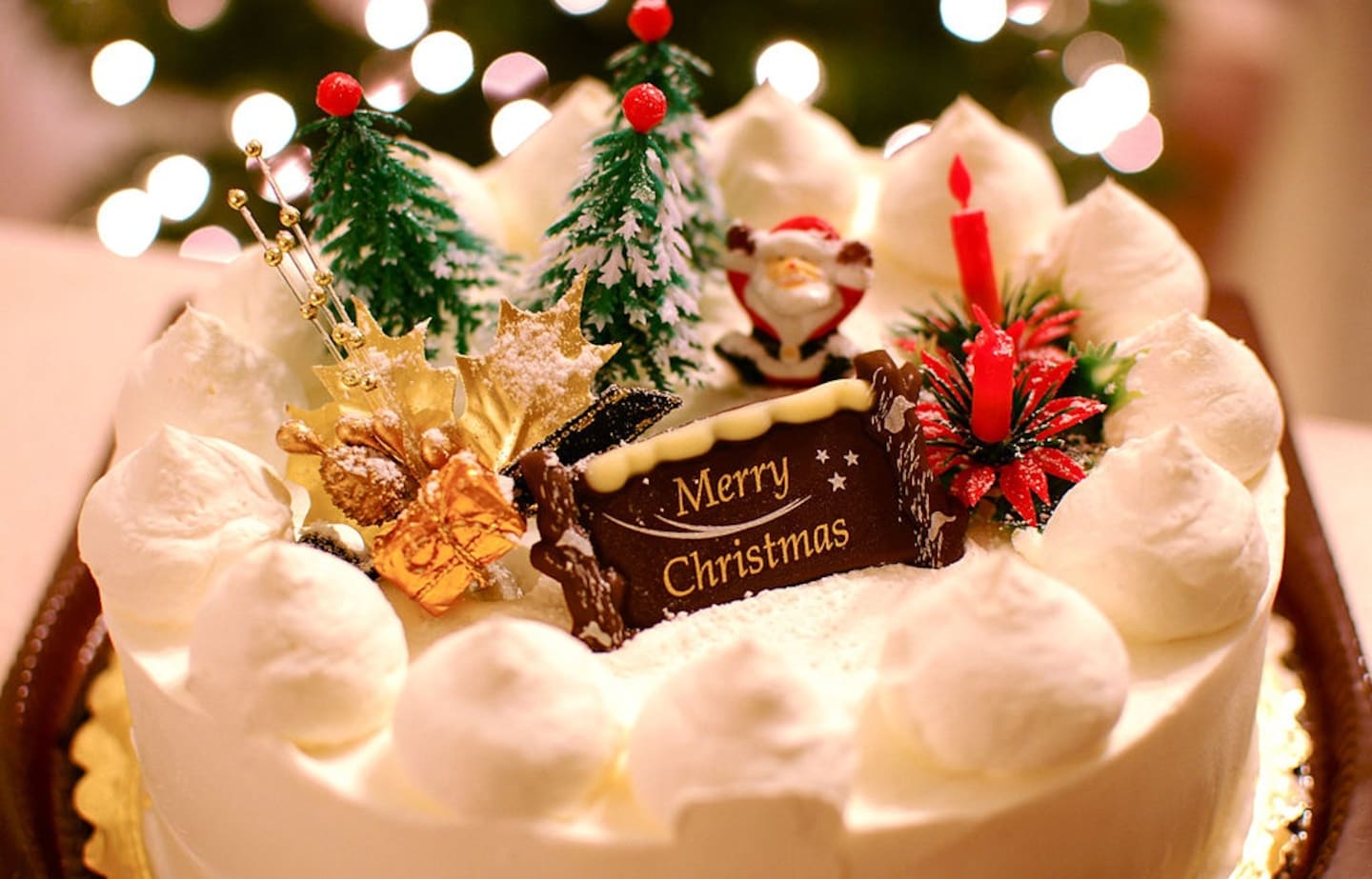
As you may already know, Christmas in Japan isn't really a Christian holiday. It's mostly seen as a romantic holiday for couples, a gathering for families with kids and an excuse to cover cities in sparkly lights. Despite this, some Christmas traditions have taken hold during the years, and they are probably baffling to any Western observer.
By Diletta FabianiThe Christmas Cake
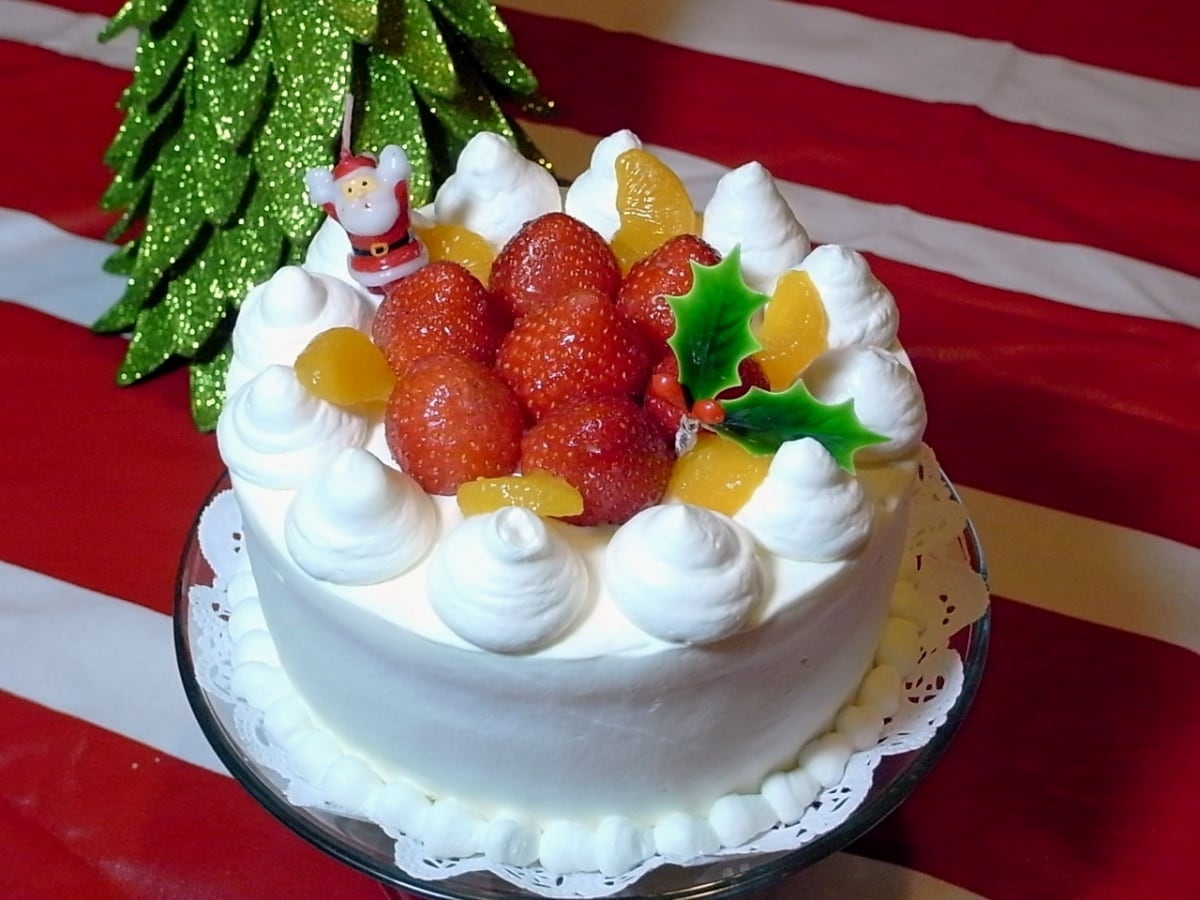
https://www.flickr.com/photos/bittlesugarart/4160737459
The first of these traditions is the Christmas cake, found ubiquitously in convenience stores, supermarkets, department stores and pastry shops in all kinds of price ranges. One can't help but ask several questions about the tradition.
First of all, what is it made of? The Christmas cake is a sponge cake covered in whipped cream, usually decorated with strawberries. The fancier versions may be topped by Christmas-themed decorations, chocolate or seasonal fruit, while convenience stores tend to sell simpler versions.
We're not the only ones to wonder about this cake. Apparently, the topic is worthy of academic research, as various articles have been dedicated to it, including a proper journal publication, titled The Christmas Cake: A Japanese Tradition of Christmas Prosperity, in which writer Hideyo Konagaya explores the origins of the mystic cake.
While different writers tell slightly different stories, the gist of it seems to be as follows:
The History of a Cake
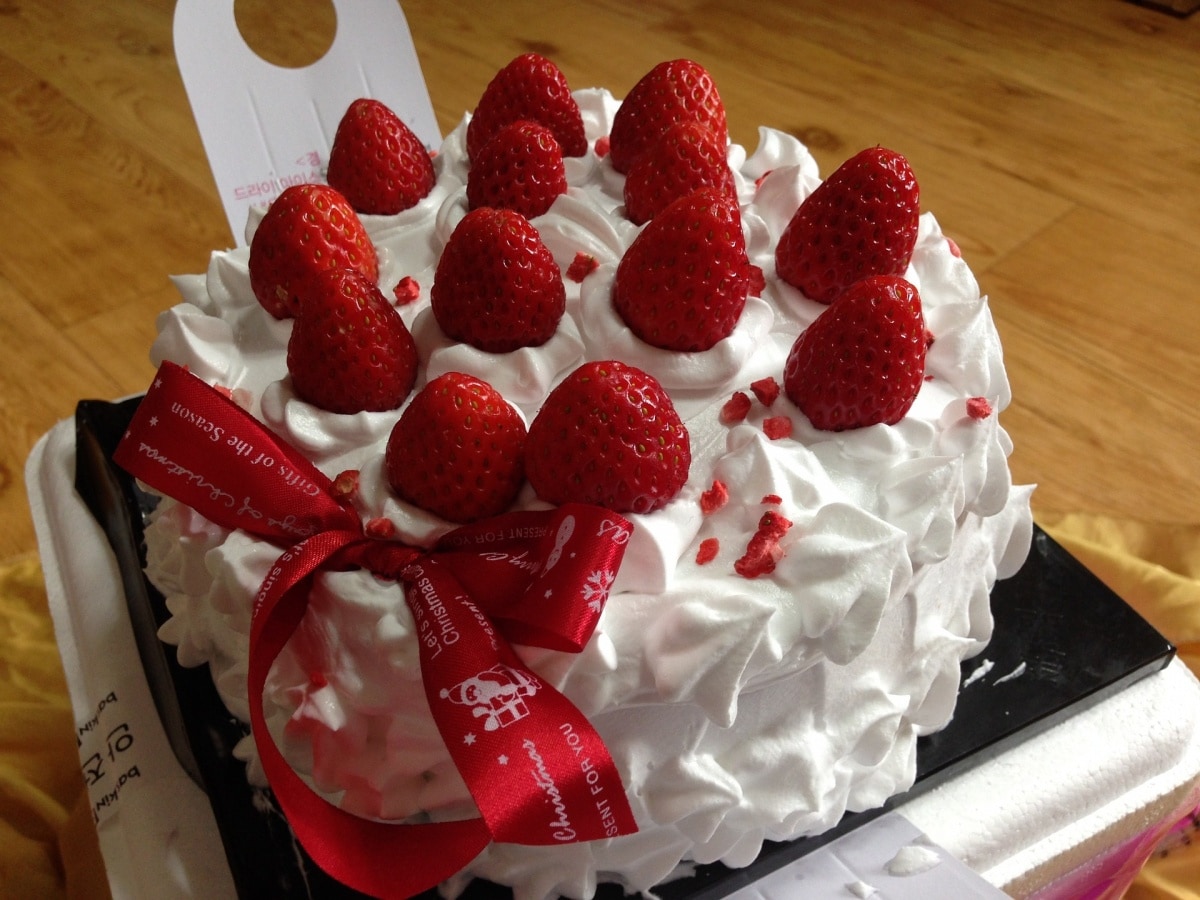
https://pixabay.com/en/cake-strawberry-dessert-1072523/
The first Christmas cake was sold in 1910 by the Fujiya department store. Surprisingly, the target was not Japanese customers but foreigners living in the Yokohama area. For this reason the cake was more similar to a British fruitcake, traditionally eaten for Christmas in those days.
When the founder of Fujiya visited the United States in the '20s, he realized that confectionery products were sold in crowded commercial districts. Coming back to Japan with this knowledge, Fujiya started producing a Christmas cake more similar to the ones we see today and selling it in Ginza, which was the commercial heart of Tokyo at the time. This cake custom began to spread among the Japanese high class citizens who could afford it.
During World War II, food rationing and the generally adverse economic conditions halted the consumption of luxury goods. However, after the war, economic growth came hand in hand with Western influences brought over by the American occupation. The idea of celebrating Christmas took hold in Japan during the 1950s, a period of renewal and reconstruction. Additionally, according to Hideyo Konagaya, in a Christmas stripped of its religious meaning, the cake was still seen as a moment of celebration, a dish to be shared together with the family in a convivial and joyous moment.
A Lucky Shape

http://opencage.info/pics.e/large_7785.asp
But why the cream and strawberry sponge cake? The same writer argues that in order to understand, one has to make a distinction between wagashi (Japanese traditional sweets) and yogashi, or Western sweets. In most wagashi, the shape is quite plain and simple; the main ingredients are a sweetened bean paste or powdered rice, and the sweetness is rather limited, as sugar was quite a luxury in the old days of Japan. The contrast with yogashi is evident: in Western sweets, the finished product is fancier and abundant in sugar and other "exotic" ingredients like milk and butter.
In the earlier part of the 20th century, yogashi were a foreign novelty available only to the upper class, and thus associated with modernity and status. After the restrictions of the war, inexpensive sugar was readily available in Japan thanks to the world market, and consumption of yogashi became the symbol of a new standard of living, where something that used to be available only to rich people had become accessible to everyone.
The Christmas cake happened to fit into this narrative and, at the same time, presented some elements of wagashi that Japanese people would be accustomed to: it shares the round shape and white color of mochi rice cakes, while the same red seen in the strawberries is often used in ceremonial and "lucky" food as a repellent against evil spirits.
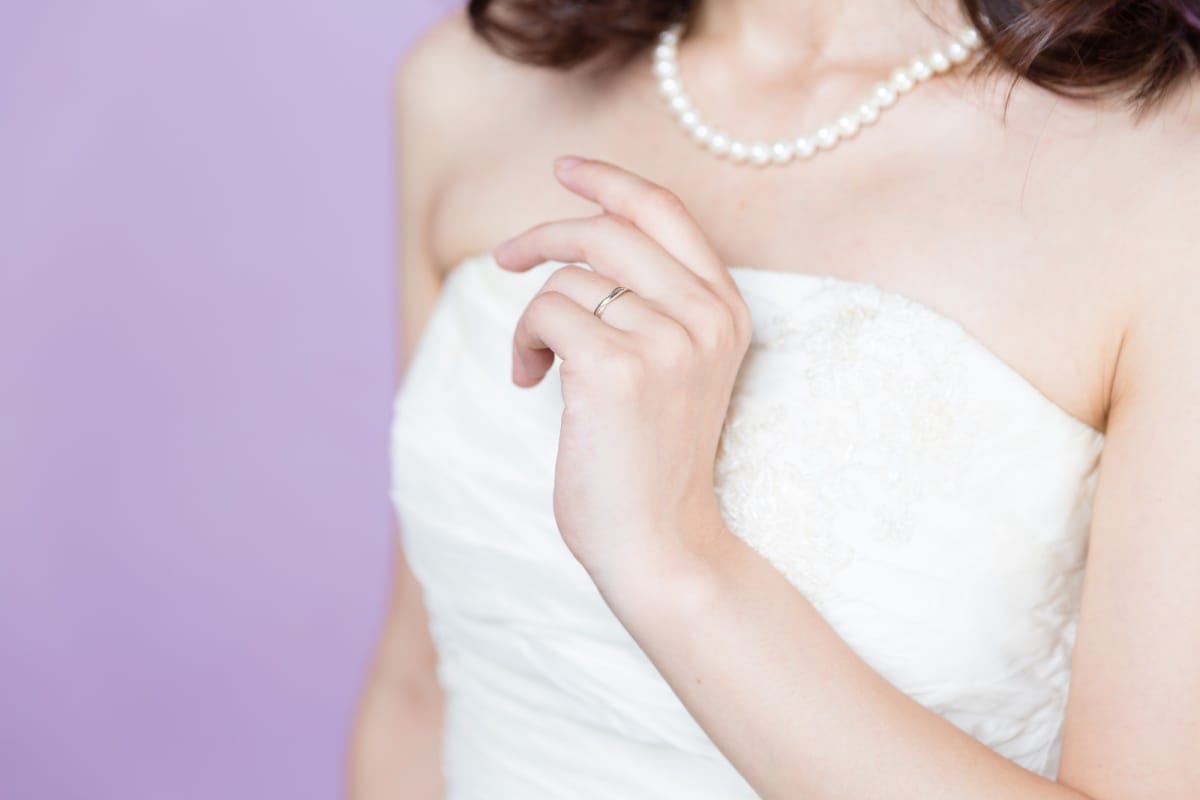
Finally, the Christmas cake was commonly used in the past in a rather misogynist reference that was popular in the '80s. Women who still hadn't married upon reaching 25 years of age were considered similar to Christmas cakes that went unsold after December 25. Luckily, later marriages or staying single is less stigmatized nowadays. While the reference is not commonly used anymore, it's still well-known.
Kentucky Fried Chicken
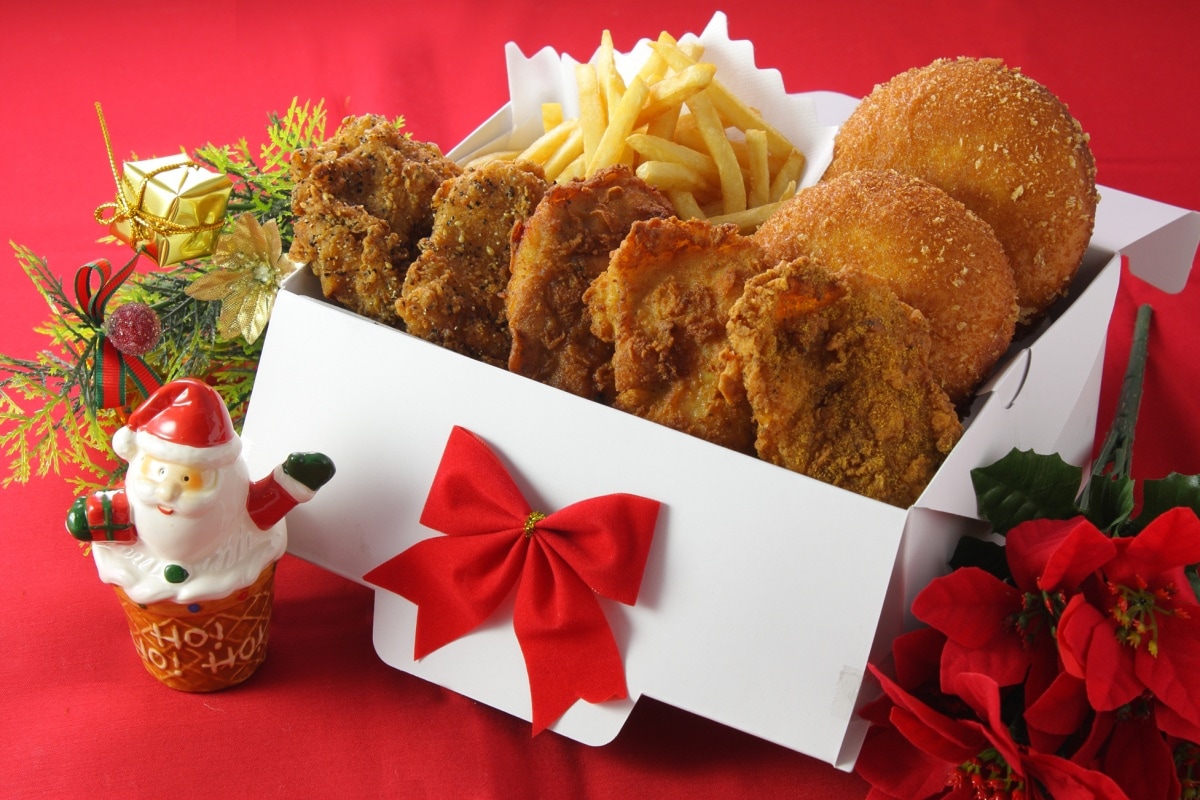
Another weird tradition of Christmas in Japan is eating fried chicken, specifically the kind you can buy at KFC. The tradition is so widespread that the popular chain tends to see long queues outside its branches, and fried chicken appears in every supermarket in large quantities for those who don't want to bother lining up.
According to The Smithsonian Mag, it all started in 1974, when a group of foreigners ended up at KFC while looking for turkey. Turkey is almost impossible to find in Japanese supermarkets, so the group settled for the most similar dish they could get their hands (and mouths) on. The company saw a potential for profit, and launched the famous advertising campaign "Kurisumasu ni wa kentakkii!" (Kentucky for Christmas!).
https://www.youtube.com/watch?v=SFw-TZzqX8M
For reasons unknown, the campaign became a hit. One has to take into consideration that there was a fast food boom in Japan, as American fast food chains started opening their first branches in the country in the early '70s. This kind of food was a novelty for the population, and therefore deemed cool. KFC itself only arrived in the country in 1970, with its first branch in Nagoya.
Nowadays, KFC offers a variety of Christmas meal options for everyone from solo diners to groups. To try out this new Japanese tradition, you’ll need to make arrangements in advance: The ordering period is limited, and it ends a few days before December 25.



